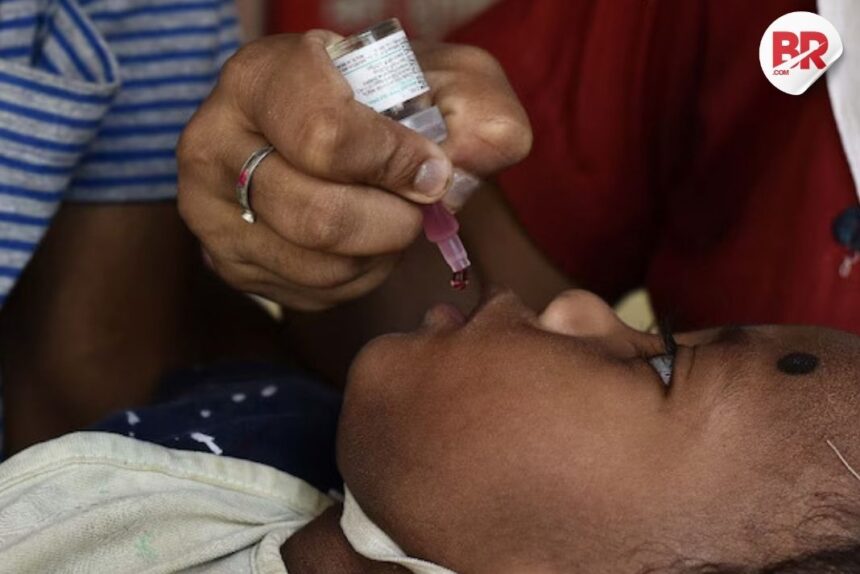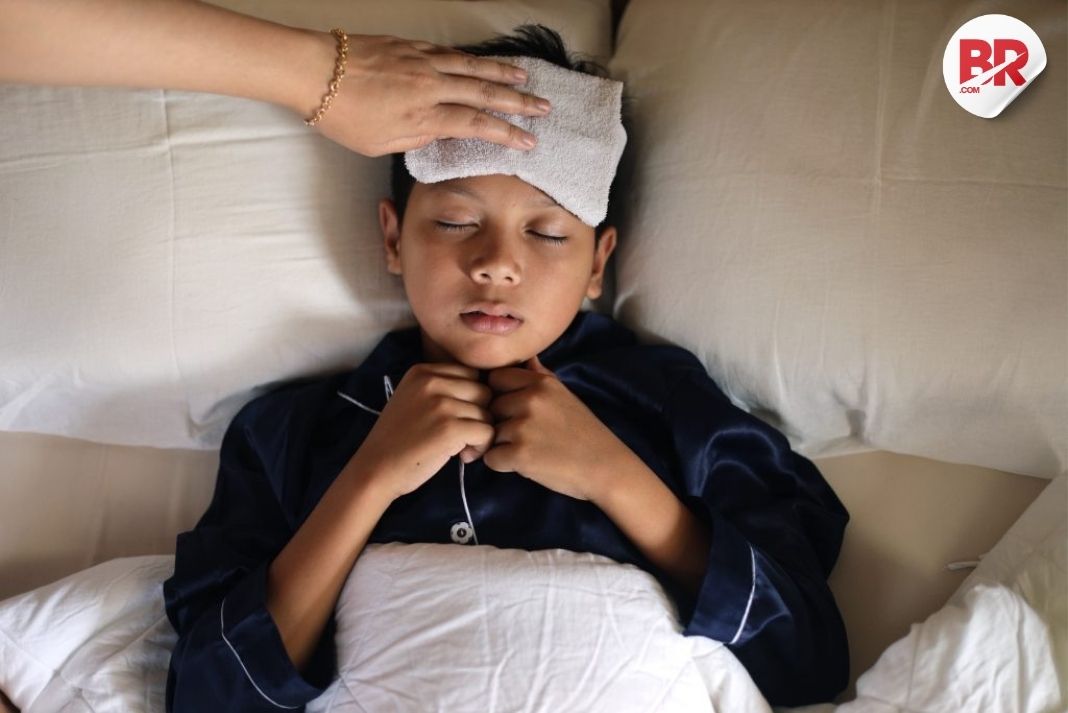
The number of zero-dose children in India—those who haven’t received even a single vaccine—has dropped from 0.11% in 2023 to just 0.06% in 2024, says the Union Ministry of Health and Family Welfare.
What Helped Make This Happen?
This success is due to the strong and ongoing vaccination campaigns across the country. India’s efforts have even been recognized globally, including by the UN Inter-agency Group for Child Mortality Estimation and major global health organizations.

In fact, India won the Measles and Rubella Champion Award from global partners like UNICEF, WHO, and the American Red Cross in March 2024.
How Vaccines Are Saving Lives
Vaccines have played a big role in reducing deaths and serious illnesses caused by diseases like diarrhea, pneumonia, meningitis, and encephalitis.
- Maternal Mortality Ratio (MMR) has dropped from 130 deaths per 1 lakh births in 2014–16 to 88 deaths per 1 lakh births in 2020–22.
- As per UN reports, India’s MMR now stands at 80 deaths per 1 lakh births, a huge 86% drop since 1990—far better than the global average drop of 48%.
- Under-Five Mortality Rate (U5MR) dropped by 78%, while the Neonatal Mortality Rate (NMR) fell by 70%, both better than global averages.
More Vaccines, More Protection
Before 2013, India’s Universal Immunization Programme (UIP) included only 6 vaccines. Since 2014, six more vaccines have been added, including those for polio, rotavirus, pneumonia, measles-rubella, and Japanese encephalitis.
Now, 12 vaccine-preventable diseases are covered under UIP, helping protect millions of children and pregnant women every year.
Read more: Are You Getting Enough Vitamin D? Know its causes, symptoms, and how to fix it
Special Focus on Hard-to-Reach Areas
India has focused on urban slums, remote regions, migratory groups, and areas where people hesitate to take vaccines. Some key initiatives include:
- Zero Dose Implementation Plan 2024: Active in 143 districts across 11 states.
- Mission Indradhanush: Started in 2014, it has vaccinated over 5.46 crore children and 1.32 crore pregnant women.
- Pulse Polio Campaigns: Helped India stay polio-free since 2014.
- Village Health and Nutrition Days (VHNDs): Regular outreach at the village level.
- Multi-tier Task Forces: Teams at state, district, and block levels to oversee implementation.
Tech and Awareness: The New Boost
India is also using technology and media to improve vaccine tracking and spread awareness:
- U-WIN platform helps digitally track children’s vaccination status.
- Public campaigns on radio, social media, and even street plays help educate families.
- Healthcare workers visit homes to talk about the importance of vaccines.
Global Comparison
Even though India has a huge population, its vaccination coverage is on par with many rich countries. For example, countries like New Zealand, Germany, and Sweden have similar or even slightly lower vaccination percentages.
In contrast, other countries like Yemen, Nigeria, Pakistan, and Afghanistan still have a much higher percentage of zero-dose children.
Final Message
India’s Universal Immunization Programme continues to be a priority. Major successes include elimination of polio in 2014, maternal and neonatal tetanus in 2015, and the recent Measles-Rubella campaign.
Vaccination is one of the most powerful and affordable ways to protect health, and India is working hard to make sure every child and mother is covered—even in the last mile.












